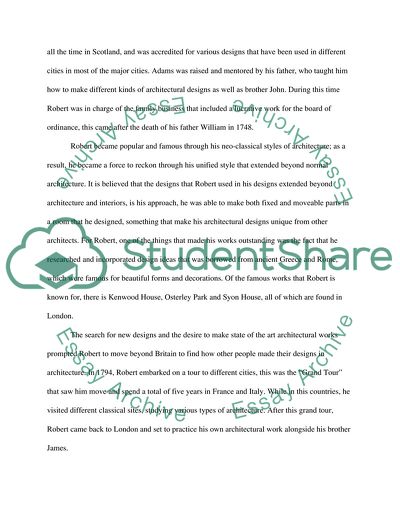Cite this document
(“What Did Robert Adam Learn From the Grand Tour Essay”, n.d.)
What Did Robert Adam Learn From the Grand Tour Essay. Retrieved from https://studentshare.org/visual-arts-film-studies/1643784-what-did-robert-adam-learn-from-the-grand-tour
What Did Robert Adam Learn From the Grand Tour Essay. Retrieved from https://studentshare.org/visual-arts-film-studies/1643784-what-did-robert-adam-learn-from-the-grand-tour
(What Did Robert Adam Learn From the Grand Tour Essay)
What Did Robert Adam Learn From the Grand Tour Essay. https://studentshare.org/visual-arts-film-studies/1643784-what-did-robert-adam-learn-from-the-grand-tour.
What Did Robert Adam Learn From the Grand Tour Essay. https://studentshare.org/visual-arts-film-studies/1643784-what-did-robert-adam-learn-from-the-grand-tour.
“What Did Robert Adam Learn From the Grand Tour Essay”, n.d. https://studentshare.org/visual-arts-film-studies/1643784-what-did-robert-adam-learn-from-the-grand-tour.


